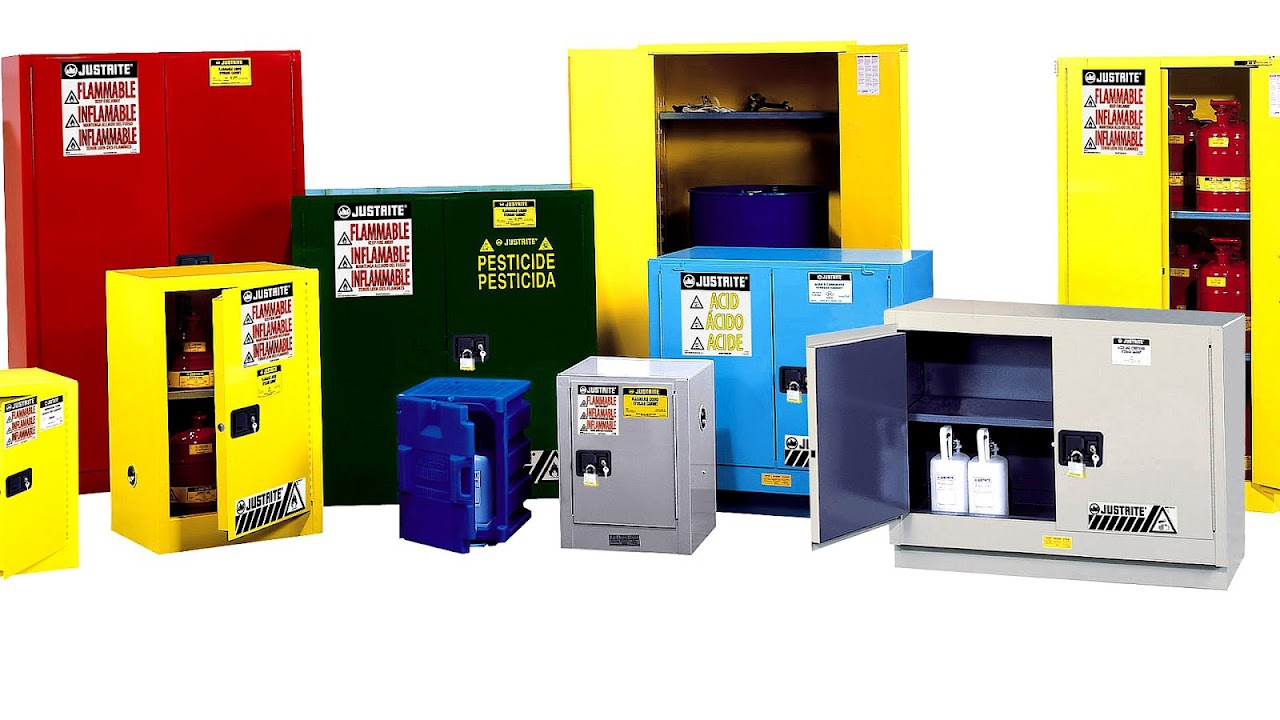
The third Balkenende cabinet (Balkenende III) was formed on 7 July 2006 after a crisis in and the subsequent resignation of the second Balkenende cabinet. This caretaker cabinet of Christian Democratic Appeal (CDA) and People's Party for Freedom and Democracy (VVD) was negotiated by former prime minister Ruud Lubbers. Its main tasks were the preparation of the early general election on 22 November 2006 and of the 2007 budget. On 22 February 2007, the cabinet was succeeded by the fourth Balkenende cabinet, consisting of the CDA, Labour Party (PvdA), and ChristianUnion (CU).
Although the constituent parties of Balkenende III (i.e., CDA and VVD) did not have a majority in the Second Chamber, the most important chamber of parliament, the cabinet had full power to propose laws, each of which needed to be supported by an ad hoc majority in parliament. Such minority cabinets are rare in Dutch politics; the previous one was the third Van Agt cabinet from 1982 to 1983, also a rump cabinet. CDA and VVD did have a majority (38 of 75 seats) in the Senate.

Maps, Directions, and Place Reviews
Composition
The third Balkenende cabinet consisted of 16 ministers and 7 junior ministers (staatssecretaris). These positions were distributed among the coalition parties according to their size in parliament: CDA obtained 9 ministers and 4 junior ministers, and VVD obtained 7 ministers and 3 junior ministers. All members of this cabinet had also served in the second Balkenende cabinet, except for junior minister for Education Bruno Bruins, who was scheduled to succeed former junior minister Mark Rutte, when the second Balkenende cabinet fell unexpectedly. Joop Wijn (economic affairs) and Atzo Nicolaï (governmental reform and kingdom relations) were promoted from junior minister to full minister to replace the D66 ministers of the second Balkenende cabinet.
Fire Cabinet Video
Events
Schiphol fire
On 27 October 2005, a fire erupted at a detention center at Schiphol airport, resulting in the death of 11 detainees from foreign countries. From the start, doubts were shed on the organisation of the involved government agencies. On 21 September 2006, the Dutch Safety Board presented the final report on the problems in the Schiphol prison. The report explicitly stated that "fewer or even no casualties" would have occurred if the government had upheld the legal safety standards. Based on these harsh conclusions, ministers Donner (Justice), responsible for prisons, and Dekker (Housing), responsible for government buildings resigned immediately. Also Fons Hertog, the mayor of Haarlemmermeer community, in which Schiphol airport is located, resigned at the same day.
On 22 September 2006, two new ministers were assigned to the posts left by Donner and Dekker. Ernst Hirsch Ballin of the CDA was the new Minister of Justice. During a much earlier third Lubbers cabinet, he had held the same position, from which he resigned in 1994 after the IRT-affair. Until his appointment as Minister of Justice, he had been the president of the Administrative law Division of the Dutch Council of State. A former Minister of the Environment in the first Lubbers cabinet, VVD member Pieter Winsemius resigned as a member of the Dutch Scientific Council for Government Policy and replaced Dekker as housing minister.
General amnesty
On 30 November 2006, the new parliament was sworn in, including several members of the then demissionary cabinet. Because of the election results, this House of Representatives had a majority of parties that opposed the course of the third cabinet Balkenende on important issues. One important election issue was an amnesty for a specific group of asylum seekers. This group originally consisted of 26.000 and later 38.000 people who had been in an administrative immigration process since 2001, and many of their children were raised exclusively in the Netherlands. The Minister for Integration and Immigration Rita Verdonk was looking into each of these dossiers to assess their future: either expulsion or permanent residence. On 1 December, the new House of Representatives adopted a motion to suspend all expulsions of asylum seekers from this group until a final decision on a general amnesty was made. Balkenende reacted annoyed as he stated that this ad hoc left-wing coalition (including PvdA and SP) was not a good basis for negotiations for a stable government. On 5 December, the cabinet declared not to execute this motion for three reasons: first, it claimed that a parliament which deals with a care taker cabinet cannot demand that cabinet to implement new policies; second, it argued that a general amnesty would attract more asylum seeker; third, it raised several questions on what specific groups of asylum seekers should be amnestied and what the legal consequences would be for other groups not included in the amnesty. Minister Verdonk did announce that the expulsion would be suspended until the next parliamentary debate. A majority in the House of Representatives now proposed to stop the expulsion of asylum seekers until formation talks for a new government were finished, and to allow the formation talks to solve this issue. Again, the cabinet refused to execute this motion. On 13 December, the House of Representatives decided to respond to this unwillingness by a motion of no confidence specifically oriented at Minister Verdonk. The leader of the VVD, Mark Rutte announced that if Minister Verdonk would be forced to leave the cabinet all VVD ministers would leave: leaving only seven CDA ministers in the cabinet. On 14 December, the cabinet held a meeting on how to respond to this motion: the cabinet found a solution in a portfolio reshuffle between Verdonk and Ernst Hirsch Balin, the Minister of Justice, who became responsible for immigration, while Verdonk became responsible for youth criminality. Hirsh Balin could then partially execute the House of Representatives motion calling for a temporary halt to expulsions, while the VVD could voice its opposition to this decision, breaking the principle that cabinets speak with one voice.
Ministers
State Secretaries
Source of the article : Wikipedia


EmoticonEmoticon